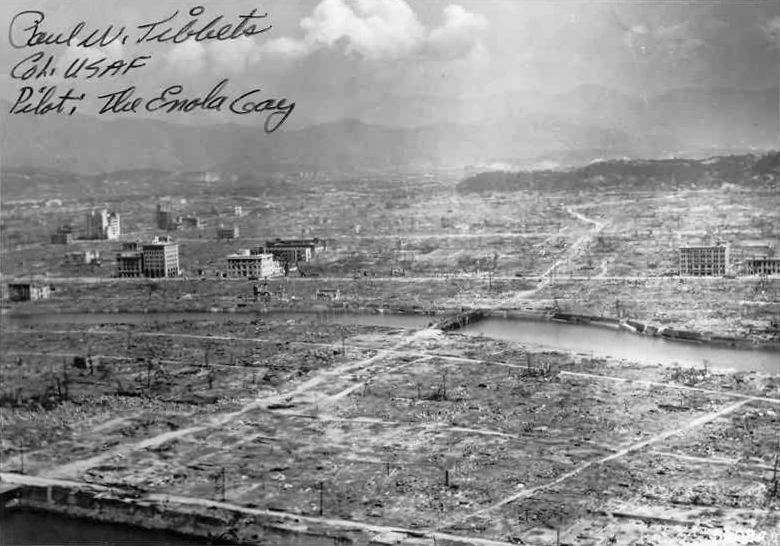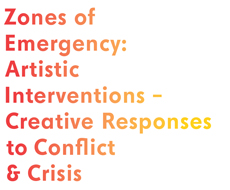To me, a zone of emergency is a location that has been affected by a debilitating crisis and needs cultural restoration to help regrowth and rebuilding. As a physics major, I have taken a history of physics class and learned about the Manhattan Project and the thoughts and emotions behind the atomic bomb from the side of US physicists.
Unfortunately, I have not learned about anything that was done culturally to help rebuild Japan or support the civilians there who were devastated by the aftermath of the nuclear bombings. This information is overshadowed by the death toll and the fact that the dropping of the atomic bombs marked the end of the war. I want to learn about what it was like to be a citizen in Japan when the atomic bombs were dropped and what the emotions were in communities in Japan faced with repercussions for years following.
Atomic bomb dropped on Hiroshima, Japan during WWII
After many crisis, there is often both a global or national response, which I believe is often more for “show”, as well as a local response by individual people, which I believe can make a significant difference in rebuilding communities. For example, after the bombings, Sadako Sassaki, a little girl who was diagnosed with leukemia due to the radiation, decided to fold 1000 paper cranes. Her small action helped others, reverberating in a larger sphere and brining attention to the effects of the nuclear bombings.
Children’s peace monument in Hiroshima park
More recently, Japan was the site of a tsunami that mounted a huge death toll and destroyed thousands of communities. Looking at the aftermath of the nuclear bombings and the tsunami reminds us that people have lost their homes and their families and need help to recover and rebuild.
Aftermath of the Hiroshima bombings
Aftermath of the Japanese tsunami





